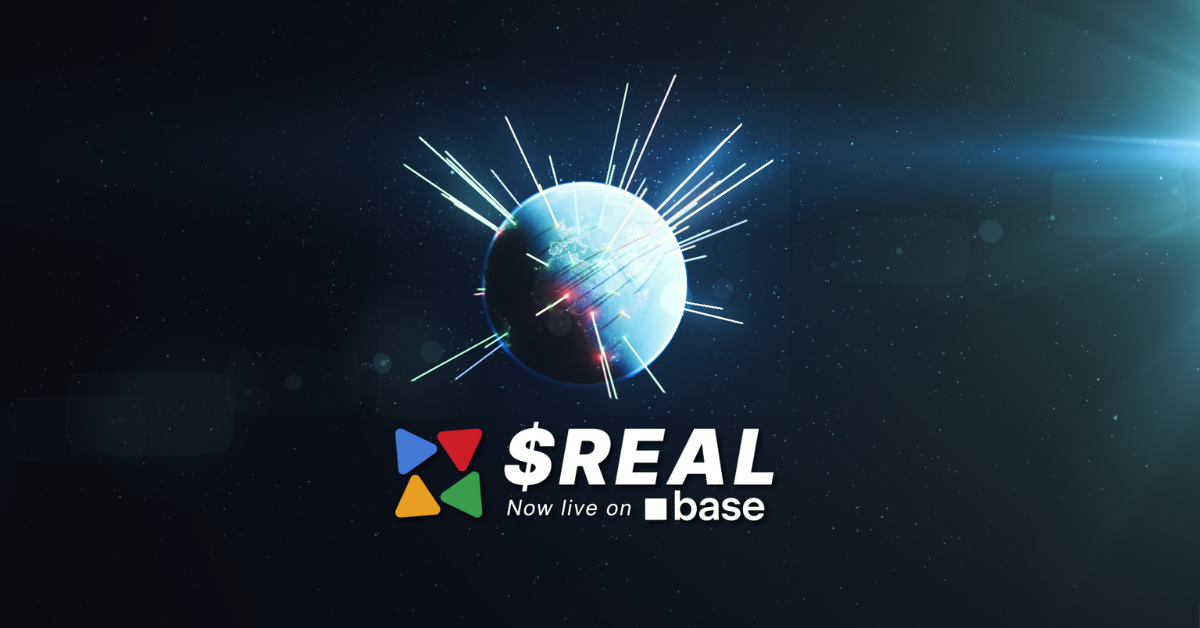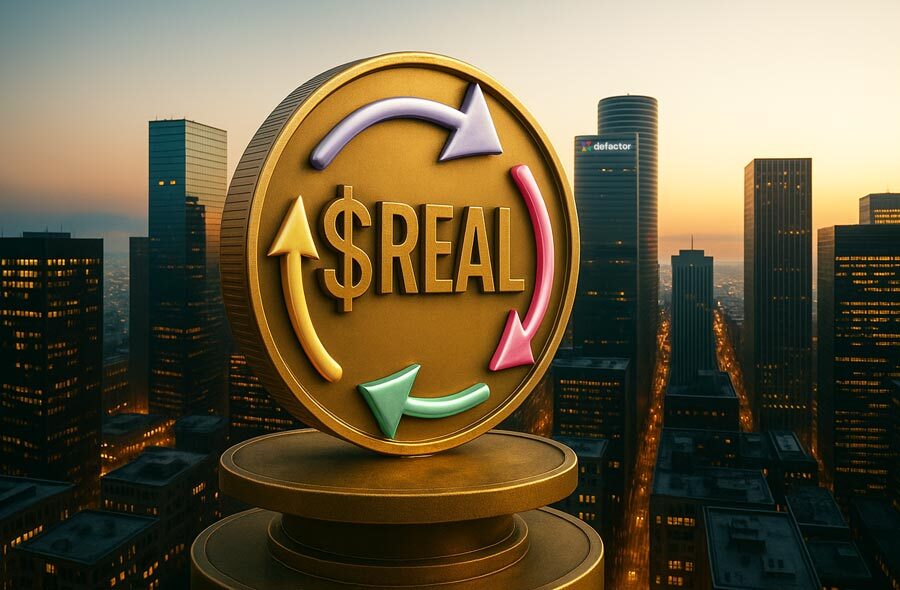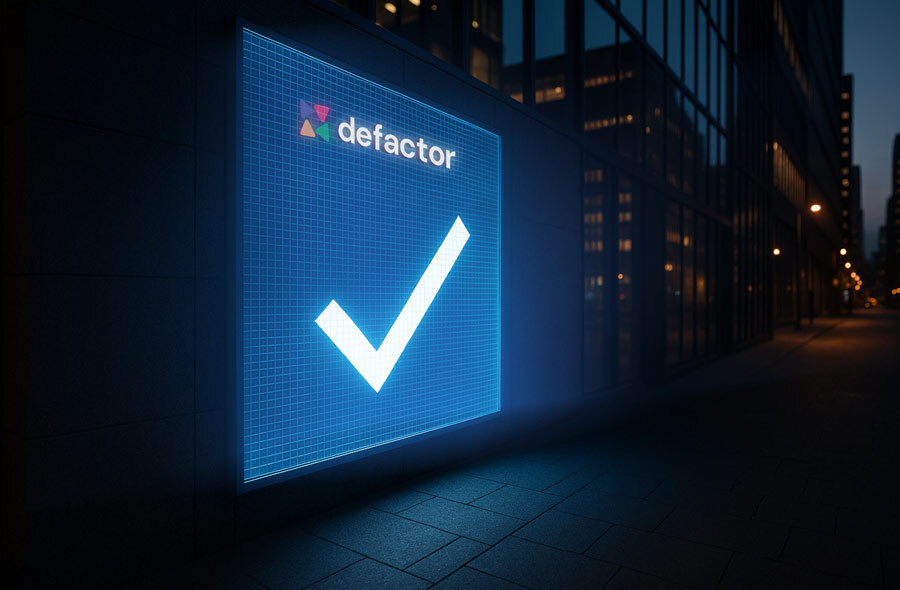Real-World Assets in Lending Pools
Once tokenized, these real-world assets prove valuable as collateral in DeFi loans, enabling people to receive capital in novel ways. This section goes over the exact role of RWA in lending pools and the benefits this gives, as well as the process of actually using an RWA in a DeFi loan.
The role and benefits of RWA in lending pools
In the context of lending pools, real-world assets serve as collateral, underpinning the foundation of asset-backed lending. This collateralization process involves locking up one or more tokenized real-world assets to secure loans, thereby creating a dynamic ecosystem that offers numerous advantages, such as:
- Unlocked liquidity: Liquidity locked in illiquid assets can be unlocked without having to sell the asset. This enables asset owners to be more flexible and have better access to capital.
- Enhanced security: RWA-backed loans benefit from the inherent security and value of tangible assets. This collateralization minimizes the risk for lenders, as they have recourse to the underlying asset in the event of default.
- Diverse asset classes: DeFi lending pools can accommodate a wide range of asset classes, from real estate and art to precious metals and luxury goods. This diversity enables borrowers to leverage various assets as collateral.
- Fractional ownership: The fractionalization capability of tokenized assets empowers borrowers to utilize a portion of their high-value assets as collateral. This fractional ownership model democratizes access to DeFi loans, enabling a broader spectrum of users to participate.
- Global accessibility: Tokenised RWA can be easily traded on global marketplaces, increasing their availability to a wide range of investors. This accessibility extends to borrowers seeking liquidity through DeFi loans.
- Efficient ownership structures: Tokenisation streamlines ownership structures, reducing administrative expenses, fraud potential, and disputes. Smart contracts automate various aspects of collateral management, such as transfers, payments, and asset maintenance.
The process of using real-world assets in lending pools
Now, let's delve into the process of integrating real-world assets into DeFi lending pools, especially from the perspective of asset owners seeking to leverage their RWA as collateral in a DeFi loan. This can typically be done in two ways, namely by approaching an underwriter who operates a lending pool on one of the various DeFi lending platforms, or by operating a lending pool yourself. We will explain both below.
Loan via underwriter
The first avenue for RWA owners seeking to obtain a DeFi loan using an RWA as collateral is to collaborate with an underwriter that operates one or more lending pools. These underwriters specialize in financing and already have one or more lending pools set up. The process of obtaining an RWA-backed loan via an underwriter usually involves the following steps:
- Initial consultation: The process begins with an initial consultation between the RWA owner and an underwriter. During this conversation, the asset owner outlines their goals, the specific asset they wish to tokenize, and their desired DeFi lending pool integration.
- Asset evaluation: The underwriter assesses the RWA's eligibility for tokenization. This evaluation includes verifying the asset's ownership, its market value, and its suitability as collateral within the DeFi lending ecosystem.
- Tokenization: If the asset meets the criteria, the underwriter proceeds with the tokenization process. This involves creating a digital representation of the real-world asset on the blockchain, typically in the form of tokens. All relevant information about the asset is accurately recorded on the blockchain or linked to it.
- Integration into the lending pool: Post-tokenisation, the tokenized asset is integrated into a lending pool. This can be a lending pool managed by the underwriter or a specific DeFi protocol that accepts external assets. The asset owner now has the option to use their tokenized asset as collateral to secure DeFi loans.
- Loan application: Asset owners can apply for DeFi loans using their tokenized RWA as collateral. The amount they can borrow is determined based on various factors, including the asset's value, the lending pool's parameters, and the specific DeFi protocol's terms.
- Loan repayment: Borrowers are responsible for repaying their loans within the agreed-upon terms, including interest and any additional fees. Failure to repay may result in the liquidation of the collateralized RWA.
Loan through self-managed pools
Alternatively, some RWA owners may opt for a more customizable and decentralized approach. In this case, RWA owners can launch their lending pool, allowing them to better connect with their community and have a lower cost of funds as compared to working with an underwriter. The process of obtaining an RWA-backed loan through a self-managed lending pool usually involves the following steps:
- Pool creation: Asset owners initiate the process by creating their lending pool using a DeFi lending platform or protocol. They outline the rules, terms, and conditions for collateralizing their RWA within the DeFi ecosystem.
- Tokenization: Similar to the underwriter-led process, tokenization of the RWA occurs. This involves creating digital tokens that represent fractional ownership of the real-world asset. This step can be handled by the asset owner or a designated party within the community.
- Integration in the lending pool: The tokenized RWA is integrated into the lending pool. Here, RWA owners can access the pool's DeFi lending functionalities, offering their tokenised assets as collateral.
- Loan creation: The asset owner can now create a DeFi loan by providing tokenised RWA as collateral. The lending terms are governed by the rules established during the pool's creation.
- Loan management: Asset owners who use their tokenised RWA as collateral remain actively involved in loan management, including monitoring their loan status, interest payments, and adherence to the pool's rules.
Both underwriter-facilitated and self-managed approaches provide avenues for RWA owners to harness the potential of their assets within the DeFi lending landscape. These processes empower asset owners to actively participate in the DeFi ecosystem while unlocking value locked in illiquid assets for financial opportunities.
Final Thoughts
By enabling fractional ownership, automated processes, and secure digital representation, tokenization unlocks new opportunities for asset holders and investors alike. Once tokenized, these assets can be integrated into DeFi lending pools, where they serve as collateral for open finance opportunities, allowing borrowers to access liquidity without selling their holdings. Platforms facilitating these solutions empower users to tailor lending parameters, manage tokenized assets, and engage their communities more effectively.
Updated on 13/03/2025: This article has been revised to reflect the latest product information.










